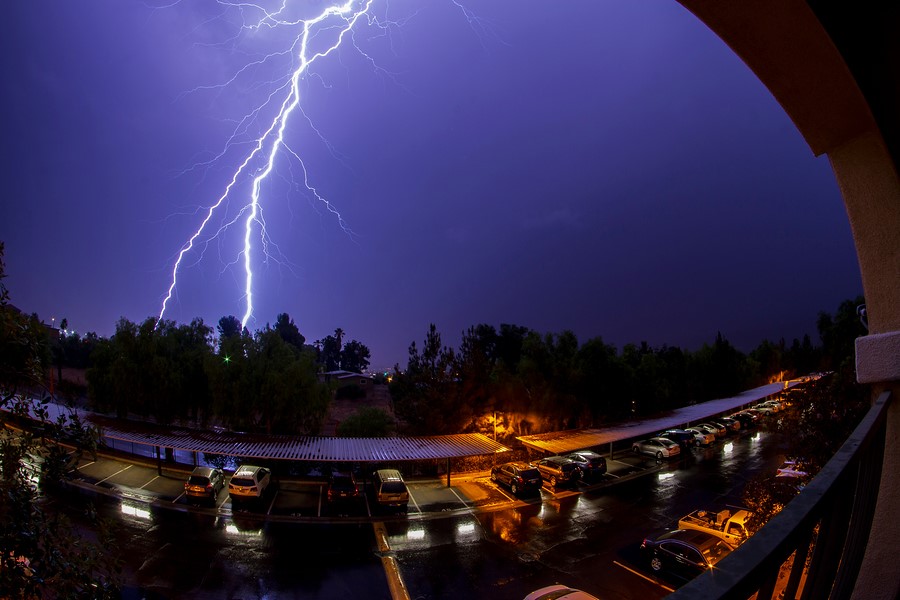Lawn Maintenance Contracts

As we enter spring, the outside maintenance will switch from plowing/icing to lawn maintenance. If the board has been looking to hire a different landscaping company or revisit their bid, here are some tips to remember through this process: Value quality. A high-quality landscaping company will make your community look well-kept and welcoming, so you won’t have as much turnover from residents and will more easily attract new ones. Cutting corners could result in a less appealing community, and complaints from residents. Remember: maintenance work is an investment, but you should also look for a fair price. Talk expectations. Make it clear to the landscaping company what your expectations are for the agreement. They should take a walk through to get a proper look at the grounds, which will make sure the price is more accurate. Bids should include all of your association’s specifications so you aren’t left paying extra for services you don’t need. Review needs like: mowing, trimming, edging, fertilizer, pest control, bed weed maintenance, pruning, spring/fall cleanups, irrigation maintenance, etc. Essentially, the HOA’s needs, the size of the property, and the service frequency should be properly laid out before they give you a bid. Check their qualifications. Ensure the company is involved in professional associations and has the necessary licensing. Check that they have workers’ compensation insurance, general liability insurance, state licensing, and appropriate loss prevention in place. Also, when an issue comes up, you want a dedicated contact from the company that you can call to discuss issues. We hope these tips helps your search.
Reminders on Storm Restoration Insurance Claims

Now that you’ve checked your governing documents to see what the board is responsible for when a storm hits and leaves damage, what’s the next step? One of the board members should go around the grounds for an initial inspection to see what you might need repairs on, and they should document all of it with a photo. Is there roof damage visible from the ground? Are pieces of the roofing on the ground? Did a tree fall over? Was your landscaping damaged? Is there damage on the siding? Were outdoor amenities like a swimming pool damaged? Look for exterior issues, which the HOA is most likely in charge of getting fixed, and then contact a professional that can perform an expert inspection. Let them know what you’ve seen so far, and then they can check for anything else that may need to be included in the claim. Ask for an estimate of costs so you can report it to the insurance and also discuss it with the board. If you contact a reputable, trusted company, they will most likely be able to help you with filling out the insurance claims. Depending on if your documents outline the necessary process for filing insurance claims, the board may require an insurance adjuster to come out to your property. The insurance adjuster will most likely hire their own trusted independent contractor to create a report/estimate. The restoration experts will take pictures of the damages, create a report for adjuster, and then the adjuster will review the independent contractor’s report. In some cases, because of that timeline, this option takes longer if you don’t have your own photos to contribute, which were hopefully taken soon after the storm event. Once you’ve got the estimates and claim submitted, the board should stay on top of communication with the insurance. Depending on the damage and if it also affects the interior of a unit, the claim could be disputed. Be prepared with your community’s specifics bylaws on what is considered the board’s responsibility vs. the resident’s responsibility. Hopefully, it will all be a smooth process so you can get back to normal in no time.
Storm Safety and Your Association

As we get closer to storm season and the threat of damaging weather, it’s important to review your policies on exterior damage caused by natural events. Typically, the governing documents will dictate protocol for those situations and the role of the board vs. members. Most instances will require the board to be responsible for any storm damage on the exterior of the property (following the studs out rule) while the member’s own homeowner’s policy will cover any other damage on the interior (studs in). However, this can differ somewhat depending on how the units are constructed and the association laws-for example, an association with no shared walls or roof lines could outline a much different process that requires more resident responsibility. All board members should be aware of that policy anyone because you will most likely have residents asking about it as well. The insurance should ideally cover the type of damage that could occur during a severe storm such as hail damage, wind damage, loss of roofing, and trees falling on your property. The board should take care of the exterior damage, but if it does reach inside the unit, such as a hole in the roof causing water to get in, then the resident would be responsible for the water damage. Additionally, when going over the insurance policy, the timeline should also be checked. Most claims on storm damage have a deadline of 2 years, starting after the date of the event. If a severe storm does pass through or a resident mentions they can see damage from the ground, then an approved storm restoration expert should be brought in for an inspection. For the benefit of the residents, a reminder of good storm safety practices might be an ideal message to send out. Remind them of how your insurance policy covers storm damage, what that means for them, the recommended procedure to follow during a tornado event, and who they should contact if their unit does suffer storm damage. If the need for restoration of roofing or siding does occur, which requires time and construction, it’s important to keep the residents updated on the project schedule. Sometimes an early morning start is necessary to ensure timely completion, so a heads up will benefit the community. Explain that a little inconvenience, such as that early start or workers working around the property, is worth it in the long run to restore their exterior as quickly as possible.
